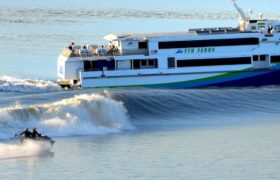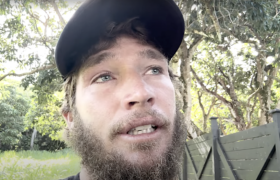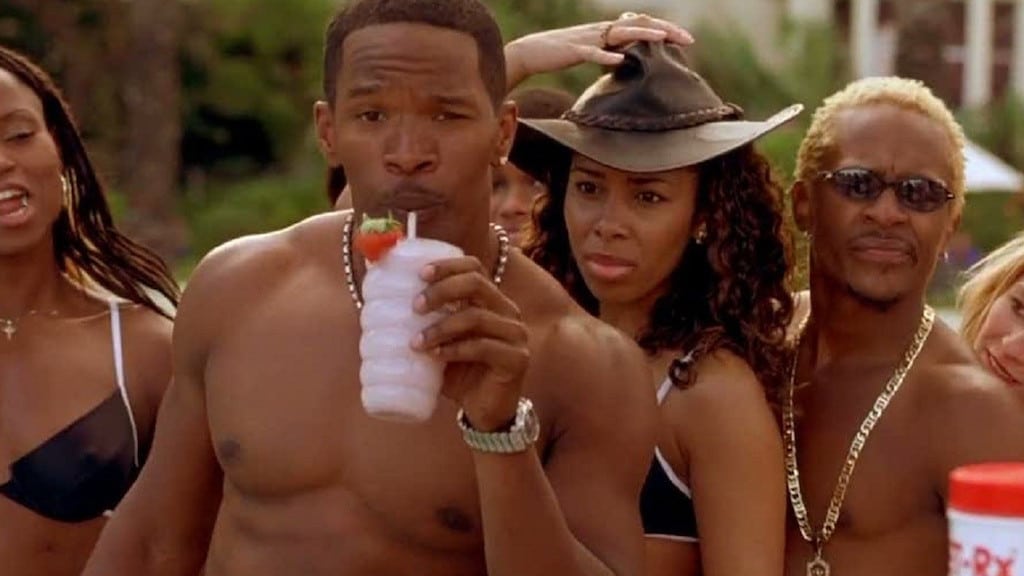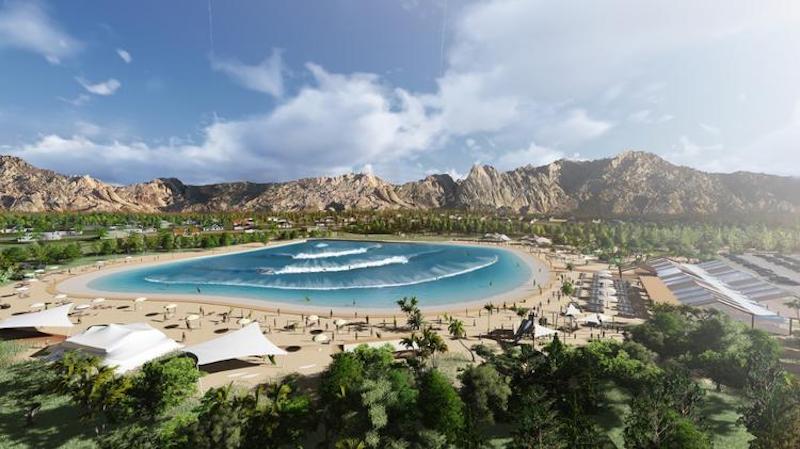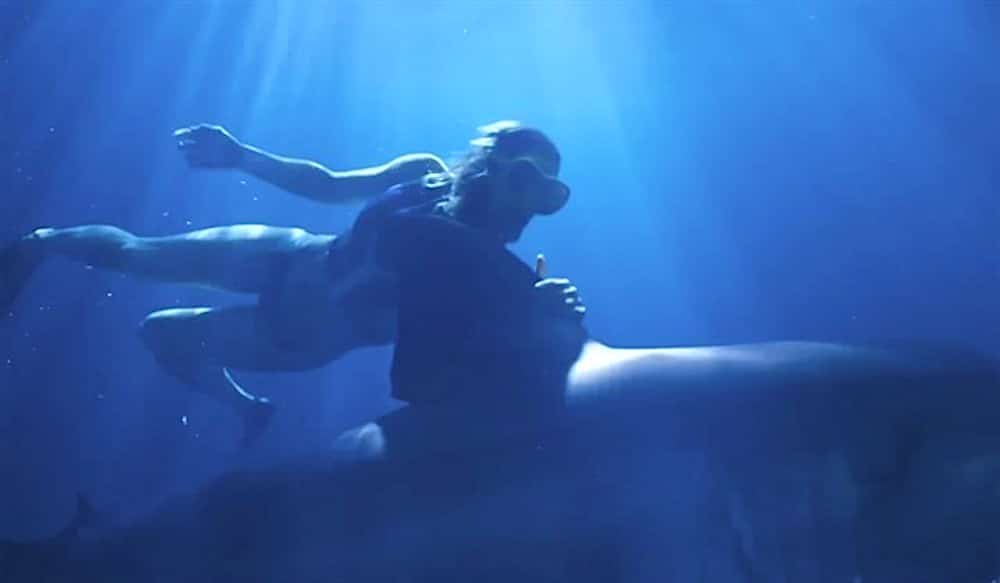Oh what might have been...
But are you a fan of professional sport? Addicted to the thrill of victory, the agony of defeat? Oh of course I’m not referencing professional surfing here. We’re all obvious fans of that game but also recognize it is not a sport. More dance meets America’s Top Model.
No, I am curious about real professional sport. Baseball, rugby, cricket, Aussie Rules, football sport.
Yes?
I’ll admit to being more than passively interested. I enjoy flipping on a game and being relatively up-to-date on the bigger happenings. Yesterday, for instance, found me driving home from Tahoe and happy to have the divisional round of the National Football League’s playoffs as company. The Tennessee Titans destroyed the highly favored Baltimore Ravens in the nightcap. The day belonged to the San Francisco 49ers running all over the outclassed Minnesota Vikings.
And this morning, perusing the game details, I learned that one of the 49ers star running backs, special teams pieces, Raheem Mostert, was once a rising star in our surf game and even offered a contract to surf for Billabong? Here, I’ll show you.
Raheem Mostert went from avoiding sharks on his surf board while growing up on the eastern shore of Florida to pretending to be one on special teams in the NFL.
“I was really a beach bum,” Mostert told The Bee last month.
While growing up in Smyrna Beach, Florida, an area just south Daytona famous for shark attacks, Mostert was a regular on the waves and his skateboard. He and some 15 friends would spend their spare time on the water or in skate parks after school or on weekends.
Mostert as a 14-year-old turned down a sponsorship deal from the popular surf wear brand, Billabong, instead choosing to focus on football and becoming the first member of his family to get his college degree.
“Football’s always been in my heart no matter what,” Mostert said. “It was one of those things where I just took it for what it was. I still enjoy it, skateboarding and surfing.”
I was so intrigued that I dug deeper for this “fork in the road” moment and found…
If Raheem Mostert hadn’t been so laser-focused on football, he might have had a career as a pro surfer. The San Francisco 49ers running back joined KNBR on Wednesday morning and discussed his love for the sport growing up and being offered a contract at the age of 14.
A surfing scout approached Mostert when he was surfing and skateboarding with his friends and wanted to see some tape of his skills, the running back revealed on the “Murph & Mac” show. Mostert didn’t have tape, so the scout asked him to perform some stunts on the spot. The 14-year-old impressed.
That’s when Mostert got offered a contract but turned it down.
I’m certain, now that Raheem Mostert is an NFL star, that he considers his decision a moment of divine clarity but just imagine how dominant today’s Billabong team would be with him on it. Already the best around, featuring Italo, Ryan Callinan Seth Moniz, Griff Colapinto and Jack Freestone, Mostert would have offered a sub-4.4 40 time and uncanny ability to read defenses.
Oh what might have been.
But, quickly, while you’re here, did you ever have a “fork-in-the-road” moment too?
Did you choose the right path?
